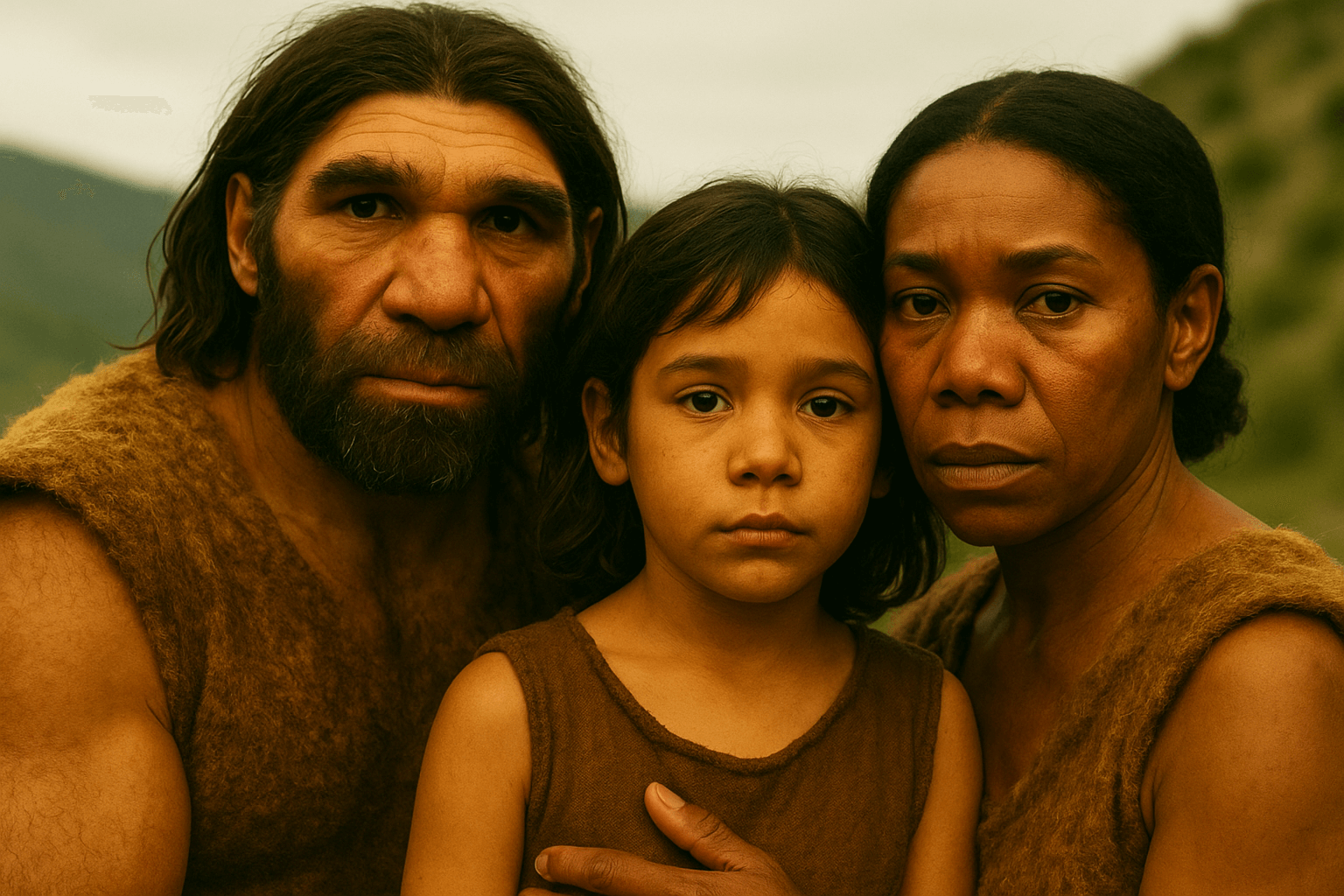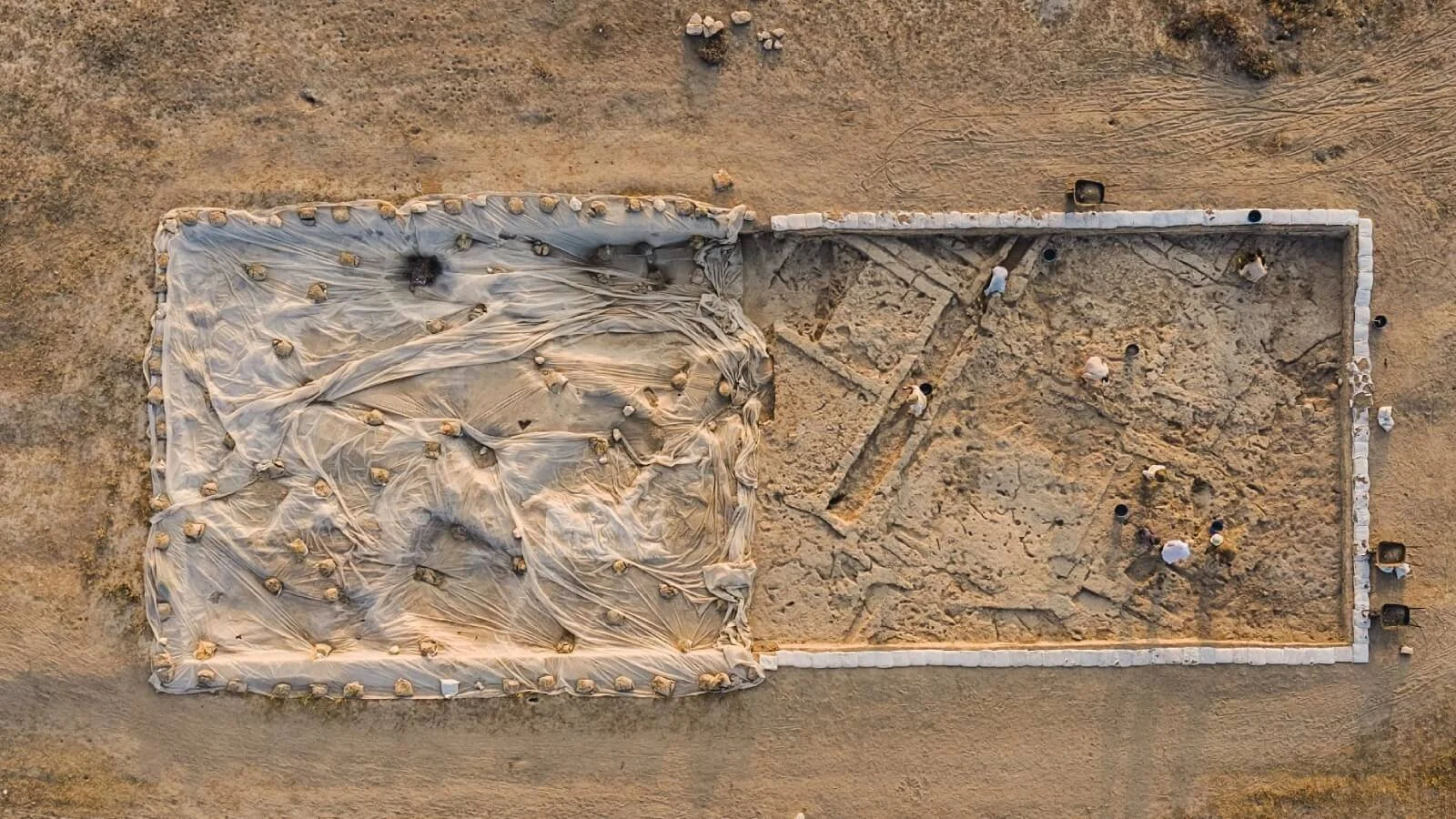In Greek mythology, the Muses were divine beings who presided over the arts and sciences, inspiring creativity and knowledge among mortals. They were the daughters of Zeus and Mnemosyne, the goddess of memory, embodying the idea that artistic inspiration is rooted in recollection and divine influence.
The Nine Muses and Their Domains
Each of the nine Muses was associated with a specific artistic or intellectual pursuit:
Calliope: Epic poetry
Clio: History
Euterpe: Lyric poetry and music
Thalia: Comedy and pastoral poetry
Melpomene: Tragedy
Terpsichore: Dance
Erato: Love poetry
Polyhymnia: Sacred poetry and hymns
Urania: Astronomy
Artists, poets, and scholars often invoked the Muses at the beginning of their works, seeking divine guidance and inspiration. Homer famously calls upon the Muse at the opening of both the Iliad and the Odyssey, underscoring their essential role in storytelling and oral tradition.
The Muses in Cultural Influence
The influence of the Muses extended beyond mythology into classical education and artistic traditions. In ancient Greece, they were worshipped at sacred sites such as Mount Helicon and Mount Parnassus, where poets and musicians gathered to pay homage. The word "museum," derived from the Greek Mouseion, originally referred to a place dedicated to the Muses and learning.
Their legacy continues to shape modern conceptions of artistic inspiration. The term "muse" is still used today to describe a source of creative influence, demonstrating how these mythical figures have transcended their mythological origins to become enduring symbols of artistic and intellectual pursuit.
Conclusion
The Muses were more than just mythological figures; they were central to the Greek understanding of creativity, knowledge, and artistic excellence. Their presence in literature, music, and education highlights their lasting impact on culture, proving that even in the modern world, the spirit of the Muses continues to inspire.







